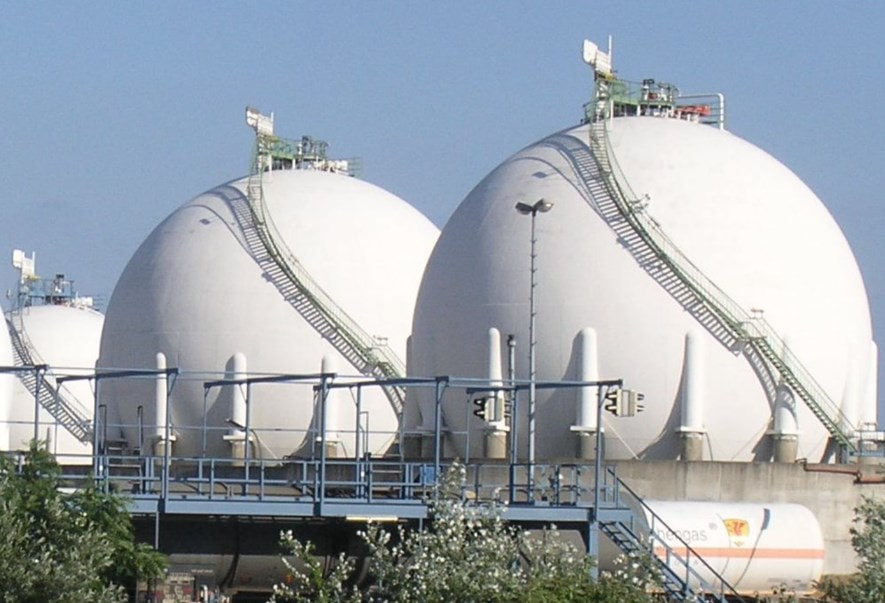Freeport has been closed since US pipeline safety regulators said they had found unsafe conditions at the plant and that they will not allow the plant to restart until an outside analysis is complete. Freeport, the second-biggest U.S. LNG export plant, was consuming about 2 billion cubic feet per day (bcfd) of gas before it shut on the 8th June, with an expected 90-day outage. This would leave around 180 billion cubic feet (bcf) of gas available to the U.S. market. The U.S. Energy Information Administration (EIA) said utilities added 82 bcf of gas to storage during the week ended June 24, exceeding the 74-bcf build analysts had forecast and increases of 73 bcf in the same week last year and a five-year (2017-2021) average increase of 73 bcf. Front-month gas futures for August delivery fell $1.074, or 16.5%, to settle at $5.424 per million British thermal units (mmBtu), their lowest close since March 29. That was the biggest one-day percentage decline since late January when prices fell about 26%. For the month, the contract fell about 33% in June, its biggest monthly decline since dropping 36% in December 2018. Natural gas futures had rallied 51% during the first quarter as a result of much higher demand from Europe and Asia. The invasion of Ukraine stoked fears that Russia would cut gas supplies to Europe leaving European companies turning to the US for LNG exports. This is down from around 6.5 bcfd in mid June and an average of 11.6 bcfd in June 2021.
The United States is the world's top producer of natural gas, however, most of it's production is for domestic use, and capacity constraints limit LNG exports. With hotter weather coming, analysts have projected average U.S. gas demand including exports will rise from 94.1 bcfd this week to 95.3 bcfd next week. As a result of the Freeport outage, the average amount of gas flowing to U.S. LNG export plants has dropped to 11.1 bcfd so far in June from 12.5 bcfd in May and a record 12.9 bcfd in March. The seven big U.S. export plants can turn about 13.6 bcfd of gas into LNG. With this significant decrease in flow to Freeport, utilities have been able to stockpile more fuel than expected, pushing prices down in the futures market.
0 Comments
|
AuthorTim the trader Archives
January 2025
Categories |
Site powered by Weebly. Managed by iPage


 RSS Feed
RSS Feed